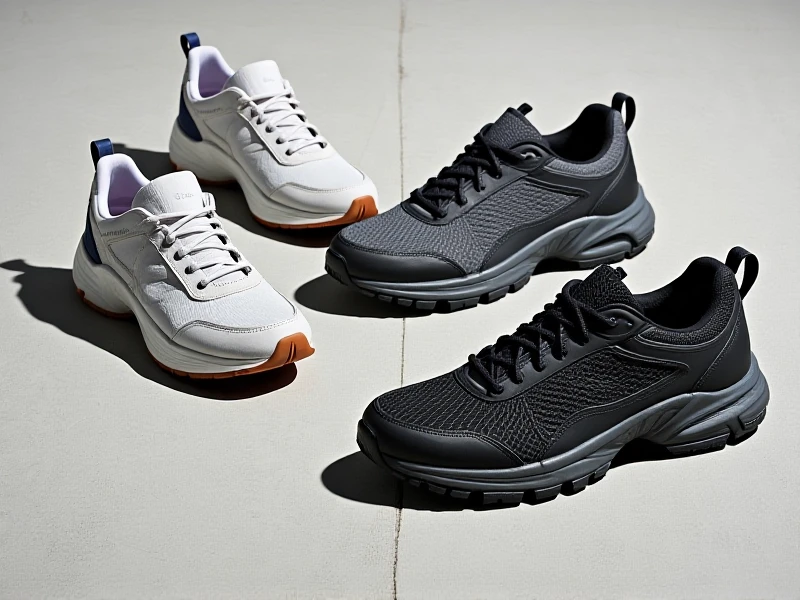
Unlock Peak Performance: Your Ultimate Training Shoes Guide
Stepping into the gym or onto the workout floor demands footwear built for action. Training shoes (multi-training shoes, cross-training shoes) are the undisputed champions of versatile fitness, designed to handle a dynamic mix of movements safely and effectively. Unlike running shoes focused solely on forward motion or basketball shoes built for court agility, training shoes provide a balanced combination of stability, cushioning, and lateral support – making them the essential partner for anyone serious about functional fitness.
Why Dedicated Training Shoes Matter
Your choice of footwear significantly impacts performance and safety. Training shoes possess unique features critical for diverse workouts:
- Lateral Support & Stability: Rigid heel counters and reinforced midfoot sections prevent excessive ankle rolling during side-to-side movements, jumps, lunges, or quick direction changes common in HIIT, agility drills, and weightlifting.
- Optimal Traction: A flat, grippy, non-marking rubber outsole offers multi-directional grip, crucial for maintaining footing whether pushing a sled, performing box jumps, or lifting heavy on potentially slick gym floors.
- Balanced Cushioning: They provide responsive cushioning – enough to absorb impact from jumps but firm enough to ensure stability during lifts (like squats or deadlifts), preventing a wobbly base that compromises form and power. Excessive soft cushioning, typical in some running shoes, can hinder stability under load.
- Durability & Flexibility: Reinforced uppers resist abrasion from ropes or equipment, while strategic flex grooves allow natural foot movement during dynamic exercises.
Key Features: Decoding Your Training Shoes
Understanding core components helps you choose wisely:
- The Midsole: Look for responsive materials like EVA foam or modern foams (e.g., Phylon, React, Cloudfoam) offering impact protection without sacrificing stability.
- The Outsole: A full rubber or high-abrasion rubber covering with multi-directional patterns is vital. Some feature specialized zones (like a pivot point) for agility.
- The Upper: Breathable mesh keeps feet cool, while synthetic overlays or fused materials provide structure, support, and durability. Secure lacing systems ensure a locked-in fit.
- The Heel Counter: A rigid internal structure cupsecurely stabilizes the heel, essential for any loaded exercises or explosive movements.
- The Toe Box: Enough room for toe splay during lunges and squats is crucial for comfort and stability.
Finding Your Perfect Training Partner
Selecting the right training shoe depends on your primary activities:
- General Cross-Training/HIIT: Prioritize balance – good cushioning, excellent lateral support, solid traction. Models like the Nike Metcon, Reebok Nano, or New Balance Fresh Foam X offer proven versatility.
- Strength Training Focus: Look for a flatter, firmer, more stable base ('lift and train' shoes or models with denser forefoot cushioning). A wide base improves lifting stability.
- Agility/Sports Conditioning: Emphasize lightweight responsiveness and aggressive outsole traction for quick cuts, sprints, and multi-directional drills.
Investing in dedicated training shoes is investing in your performance and injury prevention. They provide the secure foundation needed to push boundaries, nail your form in every lift, sprint with confidence, and conquer complex movements safely. Before your next workout, ensure your feet are equipped with the power, stability, and support only proper training shoes can deliver. Discover your perfect pair today! Check out our expert guides and top-rated selection. Which training shoe features are non-negotiable for YOUR routine? Tell us in the comments! #TrainHarder #GymShoes #SneakerTech #FitnessJourney